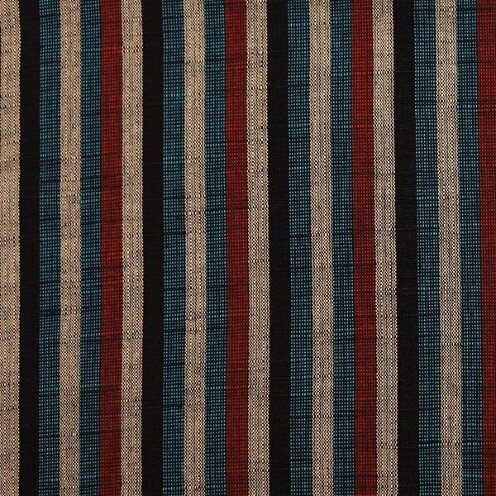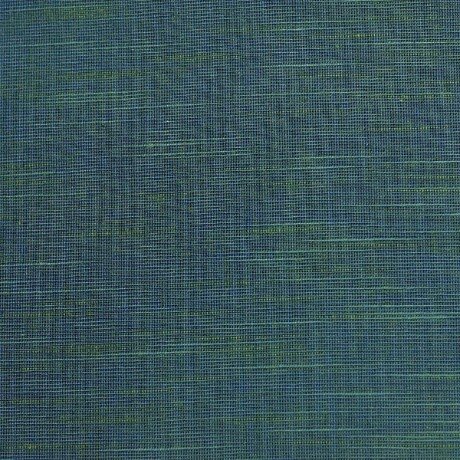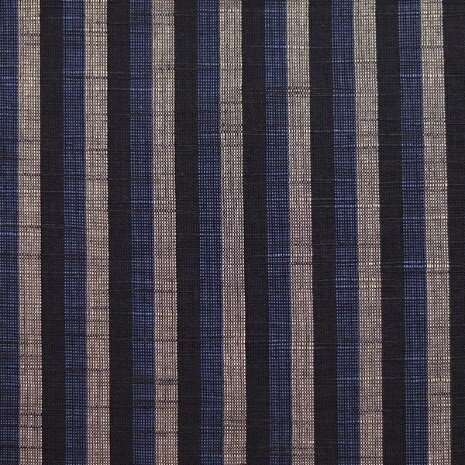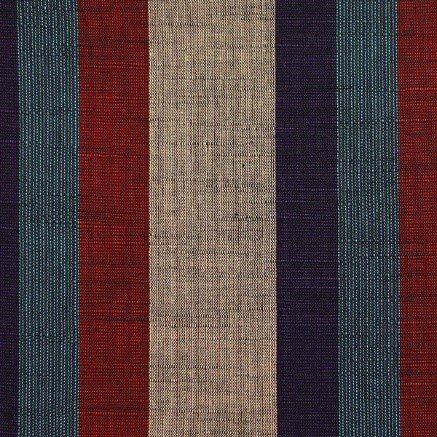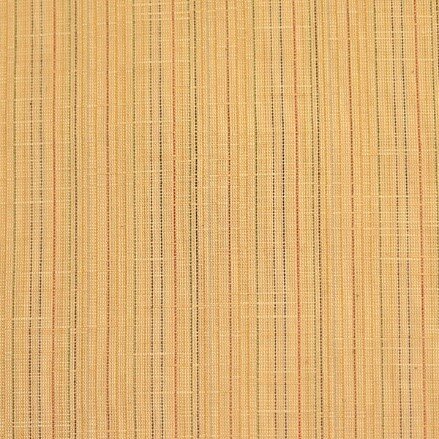Community Space Kiyare [key-yah-ray]
The University of Aizu campus features a modern design with a lot of bare concrete, creating a cool atmosphere perfect for studying cutting-edge computer science and engineering.
However, some students also longed for a more relaxing and healing space on campus. Accordingly, we decided to create a warm and relaxing community space, which has been named "Kiyare".
A community space is a place where various people can gather, interact, and share common experiences and values while fostering a bond among those who use the space.
It is hoped that Kiyare will enable all kinds of people including undergraduate, graduate, local, and international students, as well as faculty/staff members and people of the local community to come together and interact, and eventually to co-create the future of the University of Aizu.
The name "Kiyare" means "please come" in the Nango regional variant of Aizu dialect. It symbolizes the concept of this community space, which gives people a warm welcoming atmosphere through its predominant use of wood, with the added nuance created by Aizu cotton and Aizu lacquerware.
1.Location
Student Hall 1st floor
2.Users
Students, faculty, and staff of the University of Aizu, and visitors
3.Hours
Weekdays 8:00 - 20:00 (Cafeteria Hours)
4.Holidays
Weekends, national holidays*, Year's End, and New Year holidays (December 29 to January 3)
*This does not apply to events such as Open Campus or the School Festival, or when the Director of the General Affairs and Budget Division grants permission to rent the facility.
*As stipulated in the National Holidays Act.
5.Facility Features
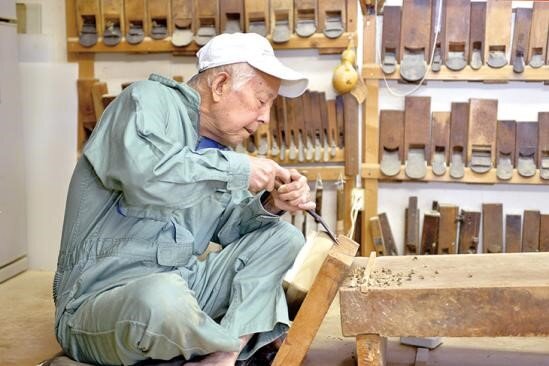
The signboard was hand-crafted by a traditional craftsman, Mr. Shigenobu Kobayashi, who has 55 years of experience in the field, using the traditional techniques of Aizu lacquerware. He first drafted the sign on a piece of magnolia (ho) wood and cut it out with a circular saw. Then the pieces were beveled and polished with low-particle sandpaper to make the surface smooth. It took as long as one month to finish these delicate procedures since everything was done by hand.
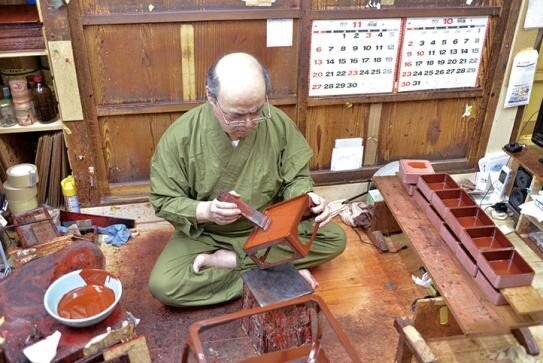
The next step was the lacquering. Mr. Kazuyori Kawamiya, a veteran traditional craftsman spent two months lacquering the pieces by hand. After spraying refined, silica-rich clay powder or "jinoko" and rust-colored lacquer or "sabiji" as a first step, base coat, undercoat, and then top coat were applied. The lacquered surface was then repeatedly polished with charcoal, followed by applying a "roiro" finish to produce the signboard's beautiful glossy surface.
The color used is called "Araishu". Ariashu is a celebratory color typically used for joyous occasions. Here in Aizu, a traditional dish called "kozuyu" is cooked for New Year's, weddings and other celebrations. Kozuyu is served in a special bowl called "teshio-zara", which is often colored with this same shade of red.
In 2021, the Tokyo 2020 Olympic and Paralympic Games were hosted in Japan. In an attempt to symbolize diversity and harmony, timber was collected from all over Japan to construct Olympic-related facilities. The timber from Fukushima Prefecture was used in the Athletes' Village Plaza.
After the Olympic and Paralympic Games, the timber was returned to Fukushima Prefecture as legacy materials, some of which were given to the University of Aizu Junior College.
The counter table here at Kiyare was made with the legacy timber materials and was designed and created by Prof. Yasuhide Shibasaki and his assistant Mr. Hitoshi Gonoi of the Junior College.
Please imagine: Your favorite Olympic and Paralympic athletes may have touched this wood!
|
Counter Table in the Making 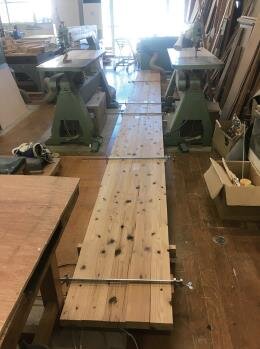
|
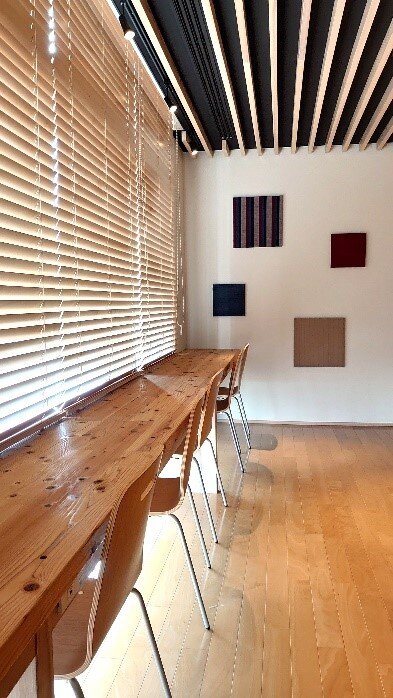
|
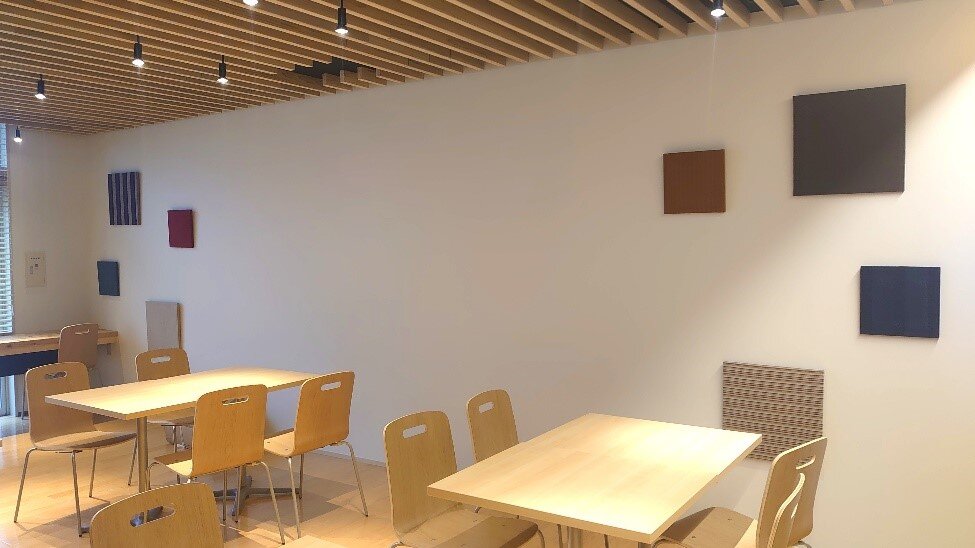
Aizu cotton fabric panels
There are many fabric panels made with traditional Aizu cotton. Under the instruction provided by local volunteers (Mr. Yasuhiro Amano and Mr. Shizuo Anazawa), students and faculty members manually created these panels one by one.
Aizu cotton is one of the traditional art crafts of the Aizu region. It is a sturdy cotton mainly used for agricultural work. Nowadays, there are only three Aizu cotton factories, two in Aizuwakamatsu and one in Aizubange.
Different colors and patterns of Aizu cotton have their own unique names. Please enjoy identifying the Aizu cotton of these panels.
|
Name of Aizu cotton |
Name of Aizu cotton |
Name of Aizu cotton |
|||
|
Terishima |
|
Kodaishima | 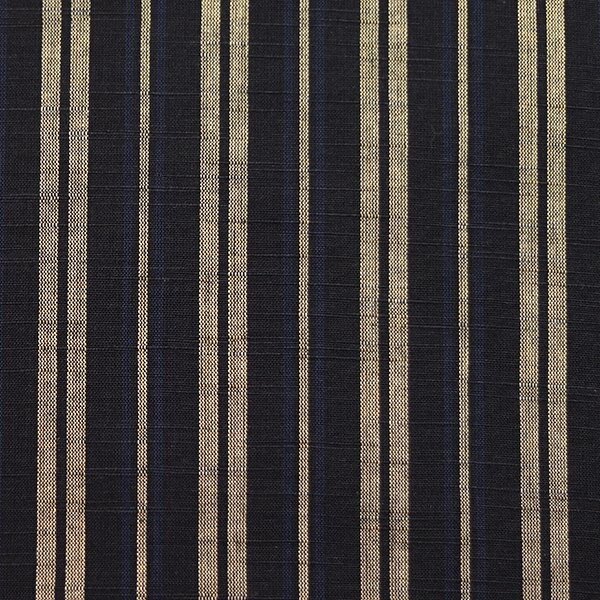 |
turquoise |
|
|
Sanshokuboushima |
|
Yatara-akacha | 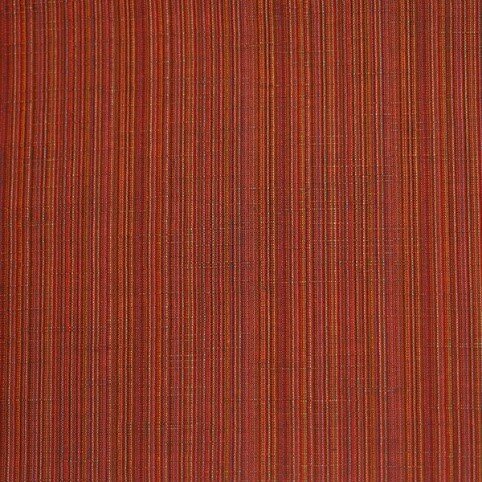 |
Sirokurosurabu |
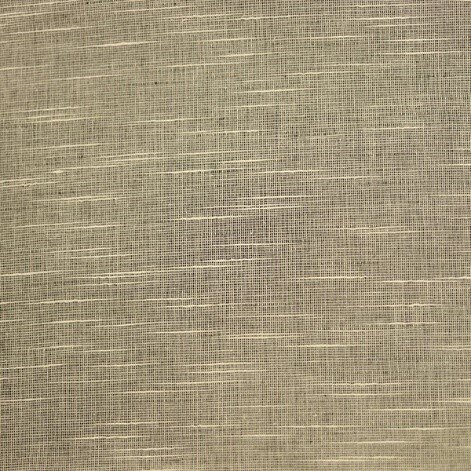 |
|
Katsuoshima |
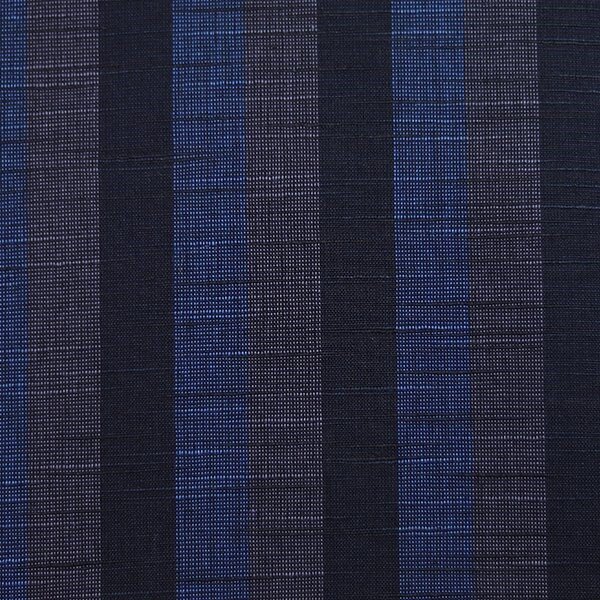 |
Yae | 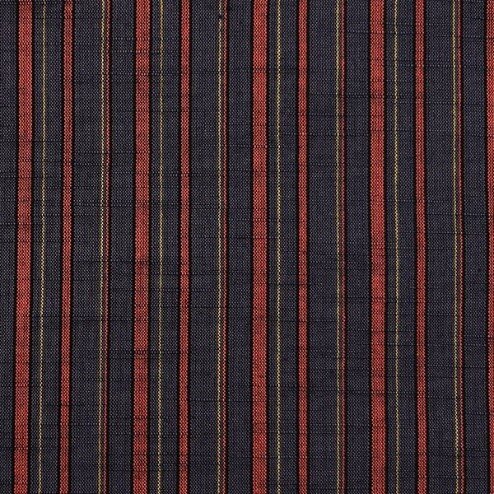 |
Yataramurasaki light gray |
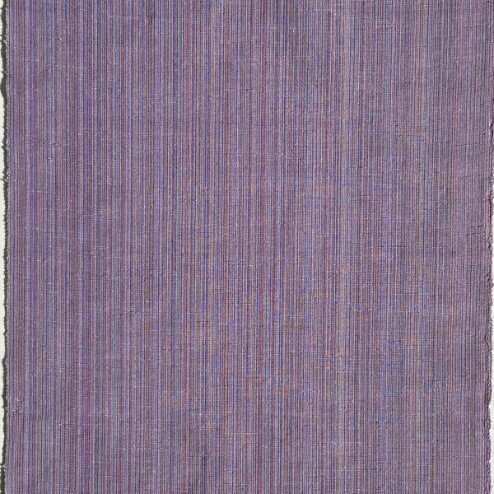 |
|
Hadeshima |
|
Bunko | 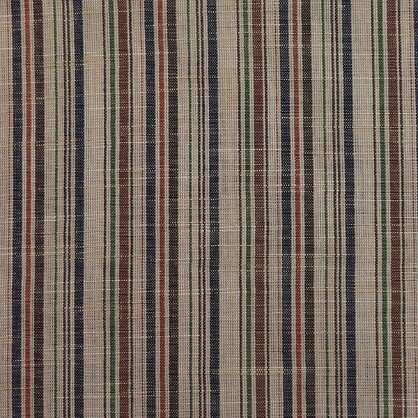 |
Tamamushi |
 |
|
Yatara beige |
|
Nagareshima | 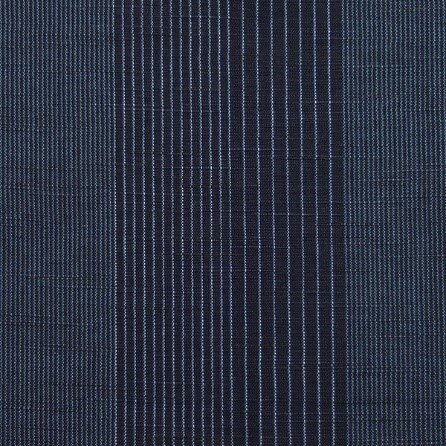 |
Akakon |
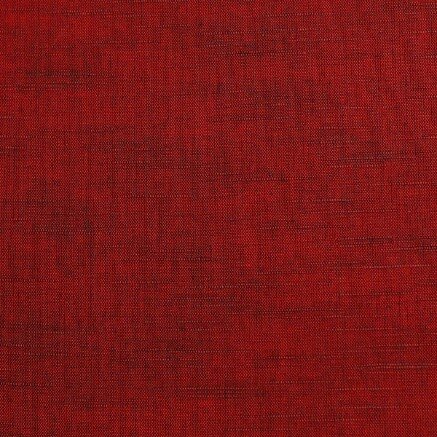 |
|
Noren |
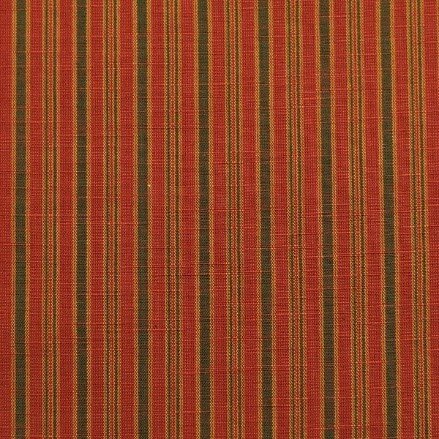 |
Komachibudo green | 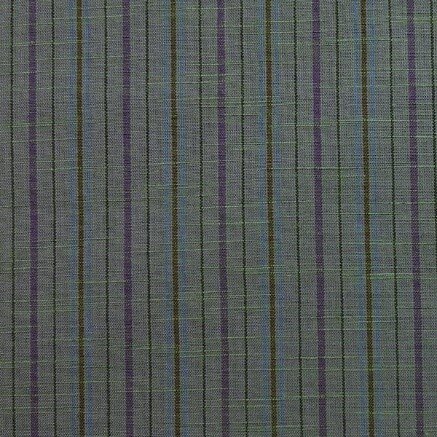 |
Pictures kindly provided by Momen Ito (https://momenito.shop/?mode=f2)
Last, but not least, Kiyare has been established as one of the University of Aizu 30th-anniversary projects.
6. Using the Facility
・About the University of Aizu Community Space Kiyare
・Guidelines on the Use of the University of Aizu Community Space Kiyare
・User Rules for the University of Aizu Community Space Kiyare
・Request for Use of Campus Facilities (Cafeteria, etc.)



